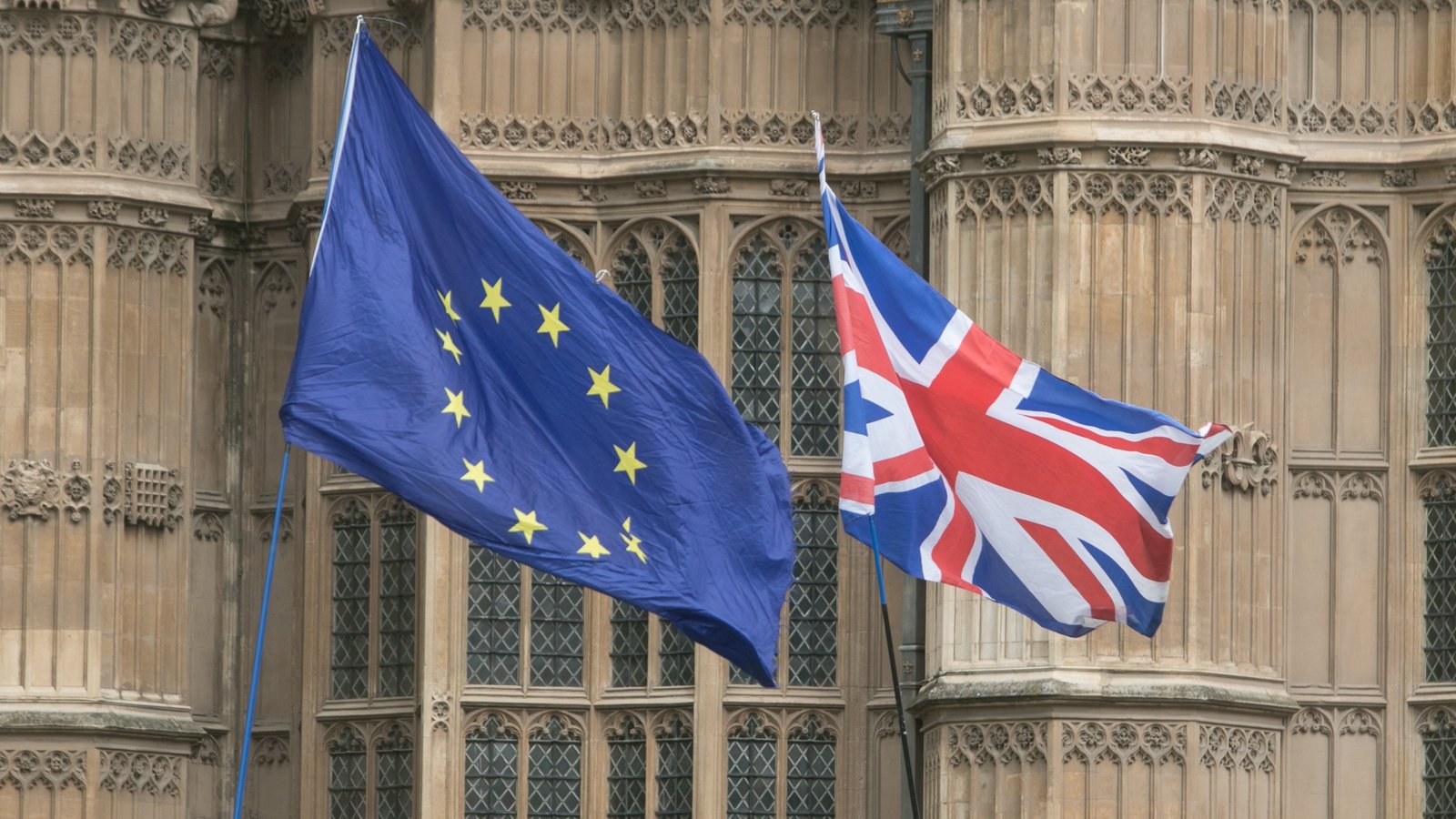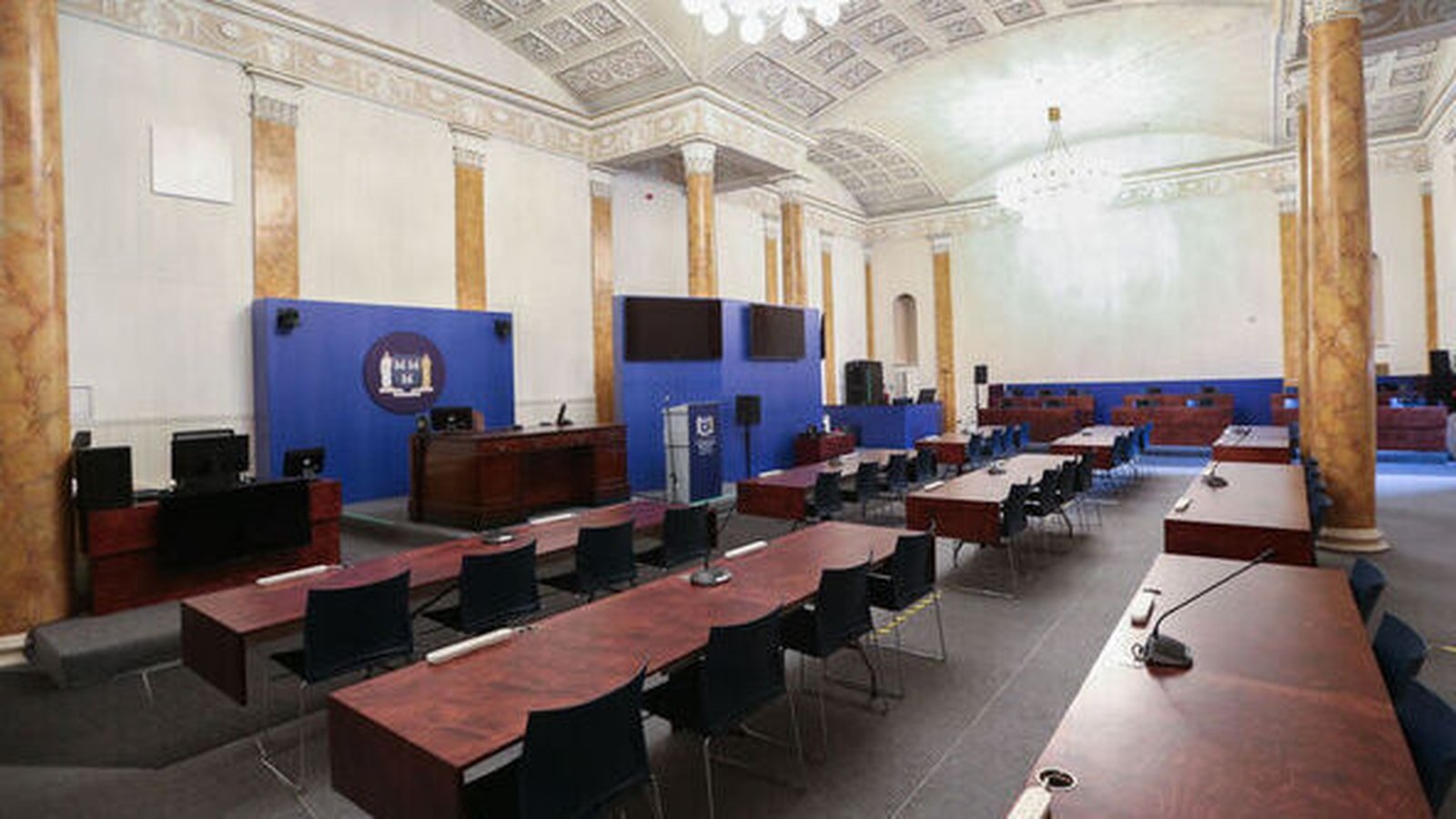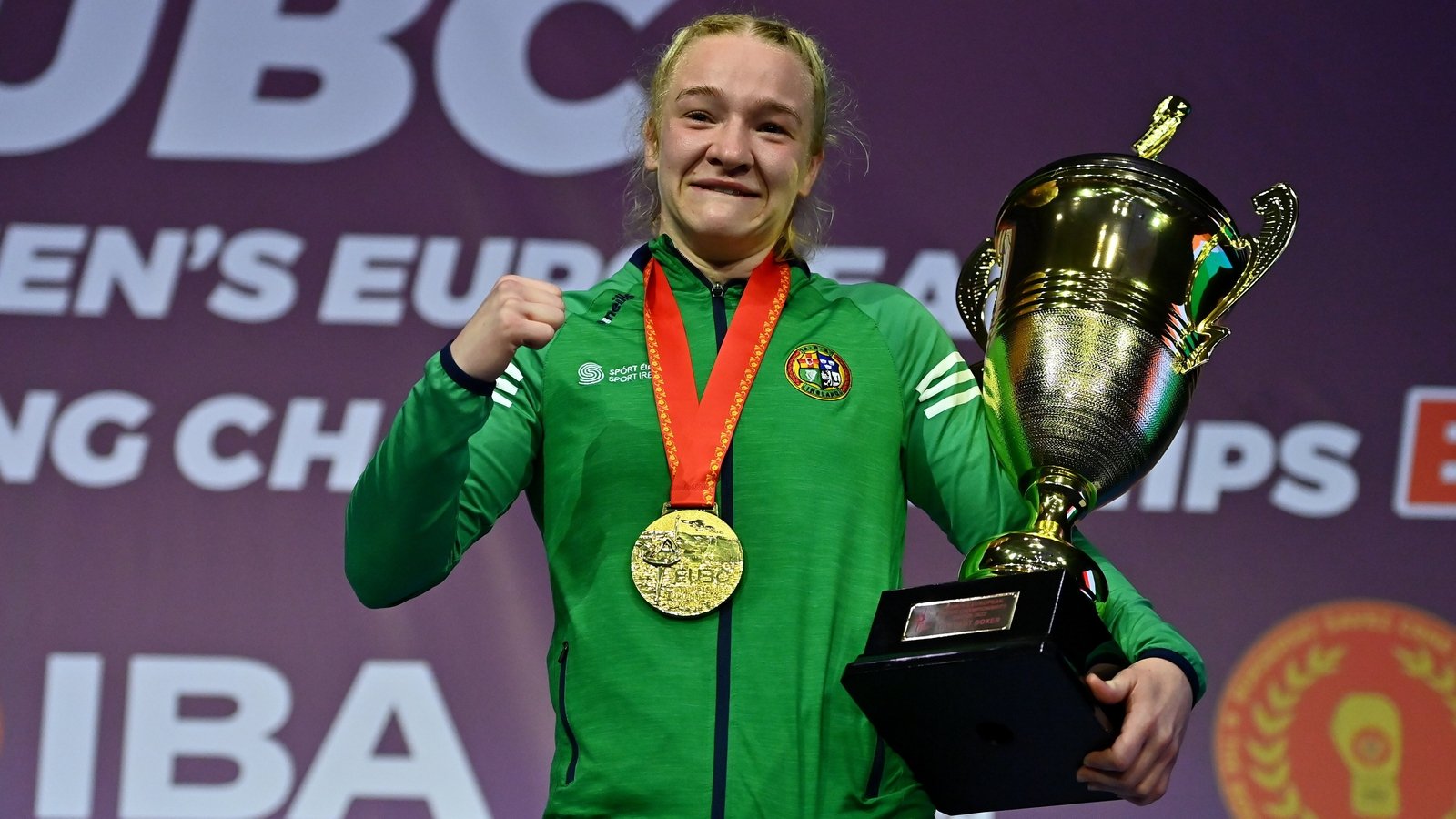Smart tariff uptake at just 11% despite major smart meter rollout
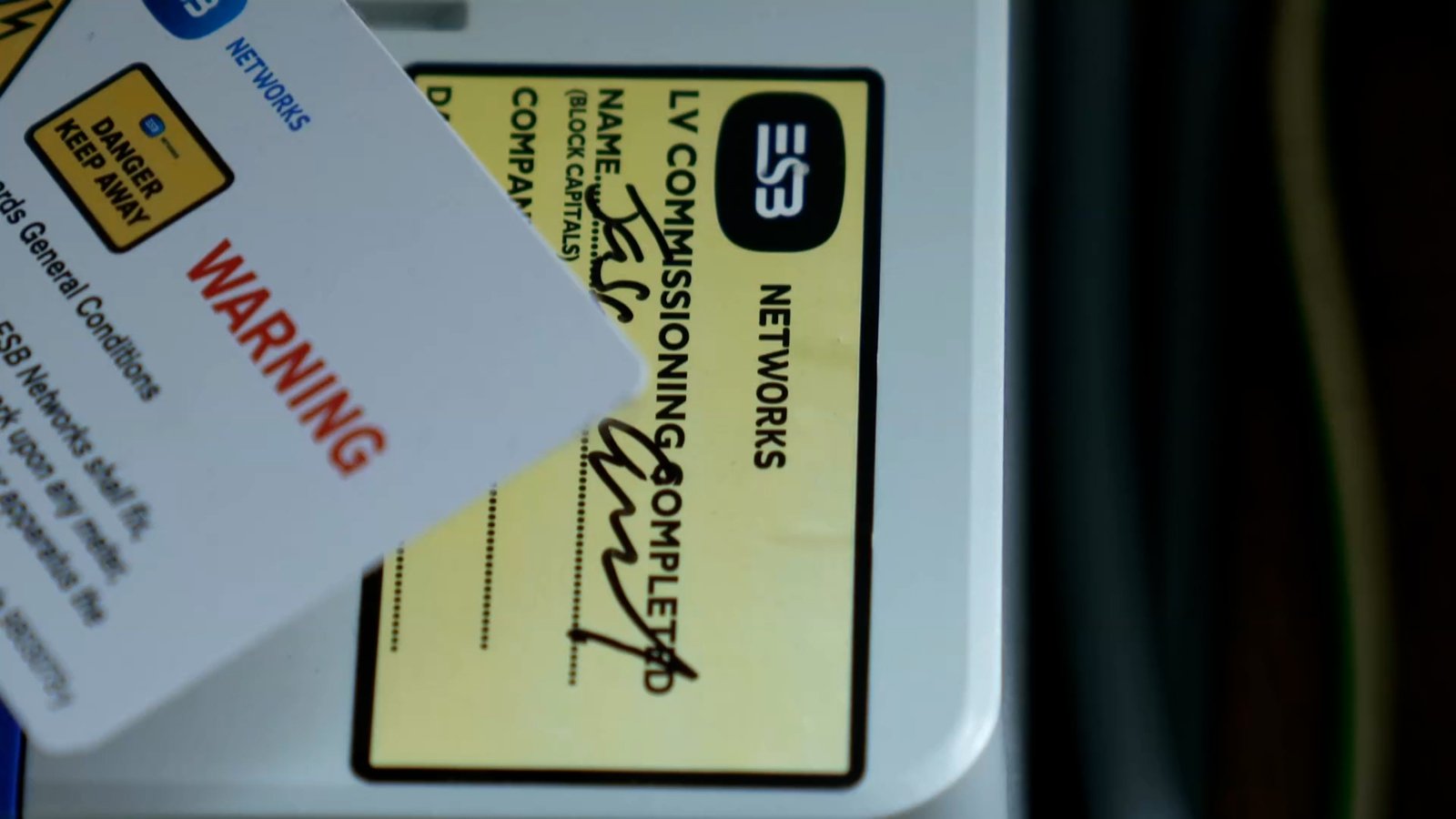
Only 11% of electricity users have signed up for smart tariffs despite the rollout of 1.6 million smart meters across the country, figures released to RTÉ’s Prime Time programme show.
The digital meters allow suppliers to charge variable rates across different times of the day to maximise energy efficiency. The national rollout is expected to cost €1.2 billion.
While it’s not mandatory for a customer to move to a smart tariff after installing a new meter, figures released by the Commission for Regulation of Utilities (CRU) show that 89% of consumers have remained on previous payment arrangements.
175,000 accounts are signed up to a smart tariff. An additional 165,000 accounts have applied to access their data through the ESB Networks online customer portal but have not used it to select a smart tariff.
Former minister for communications, climate action and environment Denis Naughten, who signed off on the meter rollout programme in 2017, has described the slow pace of change as “hugely frustrating,” accusing the regulator of failing to fully inform customers.
“What I believed was going to happen, and sadly has not happened, is that the Commission for Regulation of Utilities should have put in place a price comparison website,” he told Prime Time.
The former minister said customers can’t easily figure out which tariff best suits their homes and are being asked to buy “a pig in a poke.”
“In order for people to opt into a smart tariff they have to know that they’re actually potentially saving money,” he explained. “It’s impossible to make that evaluation at the moment.”
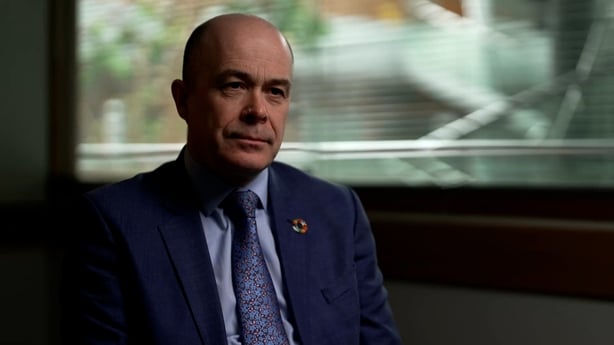
The CRU told Prime Time it is planning a review of the accreditation framework for price comparison sites such as Bonkers and Switcher and said suppliers were required to calculate the Estimated Annual Bill for all Time of Use tariffs.
“This enables suppliers and Price Comparison Websites to provide better information to customers on how smart tariffs compare to the standard tariffs,” it added.
The CRU said it is also developing a Smart Meter Access Code – a set of rules and regulations, compliant with data protection requirements, which will determine how smart meter data can be accessed by market participants and third parties.
Citing price comparison sites operated by the regulators of both health insurance and mobile phones, Deputy Naughten said the CRU has had plenty of time to overcome any privacy or logistical issues and launch its own site.
“Surely they should have been able to resolve this over the last seven years,” he said.
The National Smart Metering Programme (NSMP) will complete the installation of over two million meters in early 2025.
The meters are intended to reduce the need for estimated bills, allow customers to use energy more efficiently and have more control over their electricity costs.
Most Irish homes either have a standard meter charging the same price for every unit of electricity regardless of the time of day or a nightsaver meter which allows for two rates to be charged – one in the day and one in night. Both meters require manual reading.
New smart meters can log usage data every 30 minutes however, it’s up to customers to decide whether to sign up for price plans that charge different rates across the day.
Electricity supply companies can only obtain access to the 30-minute breakdown from ESB Networks when a customer signs up for a smart tariff.
While consumers can request their smart electricity usage data directly from ESB prior to switching there is no way to cross reference the data with available price plans.

When a smart meter was first installed at his home in Sandyford in Dublin, data engineer Radek Toma decided to take matters into his own hands.
Over several evenings and weekends, he built Energypal.ie, a free website which allows customers to upload details of their electricity usage and compare the most cost-effective tariffs.
“There was no institution that put all the information together,” Mr Toma told Prime Time. “You’d have to go through six or seven different suppliers and check their offers. You can’t do it on a piece of paper.”
Mr Toma’s site cross references available tariffs with energy use data which customers must request as a HDF file from ESB Networks.
“It’s just merging both of the sources, doing simple maths and coming up with the output,” he explained.
Expressing surprise that neither the suppliers or regulator have a similar offering, Mr Toma said he was getting thousands of hits on his website every month.
Psychological barriers could also be at play in stopping customers switching to a smart tariff, according to behavioural economist Professor Pete Lunn at the Economic and Social Research Institute (ESRI).
“There’s research that shows that quite often consumers would actually rather pay a flat rate for something that’s more expensive than watch a meter ticking up or feel that there’s a meter ticking up.”
The so-called taxi meter effect can be applied to smart meters where electricity can be more expensive during peak hours and cheaper at off-peak times, Prof Lunn explained.
“If you’re having attention drawn to the fact that electricity is more expensive now than it is at other times, you have to think about that. You get that same feeling that the money is racking up and there are people who would rather pay just a flat rate and not have to think about it.”
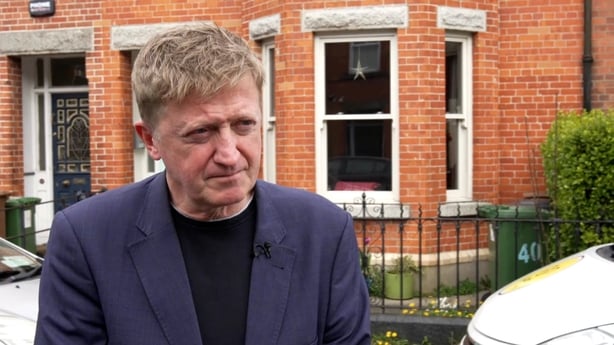
Another psychological phenomenon could also be at play: our poor ability at predicting future behaviour.
“Quite often someone might sign up for a time of use tariff on the idea that they’re going to change when they use electricity. But when they actually do it they find it really hard to change because habits are strong,” Prof Lunn told Prime Time.
There is a clear logic for time of use tariffs to try and get electricity usage away from peak, he explained.
“That’s better not only for people’s pockets, but also for the planet. However, what our research shows is that consumers need a lot of help.”
Households on previously attractive, day/night rates may require the most convincing to switch to smart tariffs. Nightsaver meters, which allow customers to use reduced-price electricity at night, are now being replaced as part of the rollout. ESB Networks said 81,000 of 270,000 such meters have already been converted.
The CRU told the programme the number of electricity users signed up to smart tariffs has increased, particularly in the last 12 months.
“Using the Estimated Annual Bill benchmark, the Standard Smart Tariffs offered by suppliers are now cheaper than traditional 24-hour or Day/Night tariffs,” it added.
Smart meters also facilitate the export of electricity back to the grid from residential solar panels. 90,000 people are now being paid for microgeneration.
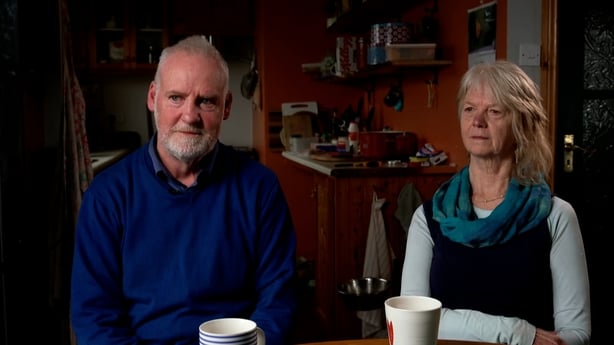
In Thomastown, Co Kilkenny, Eamon Stack and his partner Anne Henry view their new smart meter as an opportunity to feel less powerless in the face of climate change.
“Rather than being depressed about what we can’t do, the smart tariff is something that we can do,” Mr Stack told Prime Time.
The couple are signed up to a smart tariff with a low rate of electricity for a number of hours in the middle of the night. They charge their electric car and time their washing machine to come on during these hours, which is almost three times cheaper than day rates.
“It’s 36 cent during the day, but it’s half that at night, and it goes down to ten cent in the middle of the night. So that’s very attractive especially when you have an electric car or when we’re using the washing machine – things we have options about without much hassle.”
The couple say while the shift to using more electricity at night is cheaper for them, it also helps to move usage away from peak times.
“If everyone uses power between 5pm and 7pm then the ESB has to burn more fossil fuels, whereas if people keep off that, then we’re using more wind, solar and hydro.”
The pair appreciate that some families may not be able to make the same level of changes and that those without electric vehicles may not have as great an incentive, but they maintain the move to a smart tariff hasn’t been a major inconvenience.
“Lives are busy and this is something new, and it takes a little bit of time to go onto your phone and find out what exactly a smart meter is offering,” Ms Henry explained. “I don’t find taking out the washing in the morning a particular challenge. Any housework is tedious.”
Mr Stack said the rollout couldn’t be compared to water meters. “In that case it was all about paying for something that we thought was free. In this case we are actually being given information that can help us make better decisions and save money.”
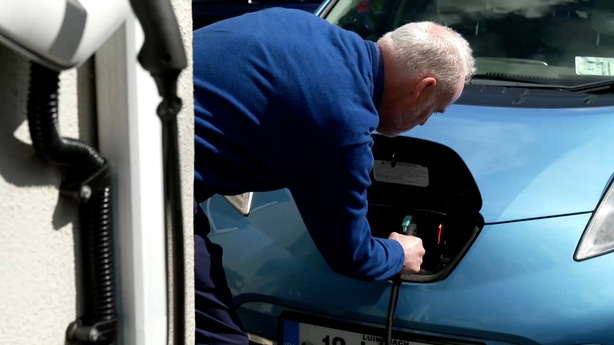
Former minister Denis Naughten is among those highlighting a further barrier to switching.
Explaining why he has yet to sign up for a smart tariff, the deputy pointed to the refusal of suppliers to allow customers to revert to a standard tariff once they have signed up to a newer, smart equivalent.
“It doesn’t add up,” Deputy Naughten said. “A smart meter can easily provide that information.”
Calling for the regulator to intervene, he warned the policy was discouraging consumers from switching.
“It is putting people off because there’s a risk in relation to it. Customers need to get reassurance that they’re going to make a significant saving to switch.”
The main electricity suppliers told Prime Time that customers could never revert back from smart tariffs due to “market” or “industry design”, however the CRU said the configuration of meters “does not prevent the customer from moving back to a flat-rate tariff or stop energy suppliers from offering customers on (smart meters) a flat rate tariff.”
ESB Networks added while tariffs are a matter for each electricity supplier, “there is no requirement to change the meter configuration if a customer decides to move back to a flat tariff from a smart tariff, the supplier is not restricted in how it prices each period.”
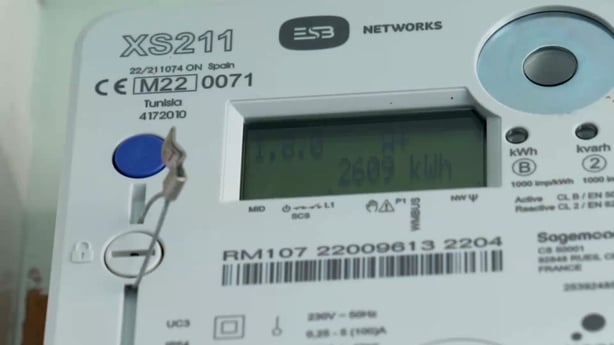
Some suppliers have introduced a ‘mirror’ smart tariff with a 24-hour rate which is the same as the non-smart standard tariff rate.
Recent reports about the functionality of smart meters have also discouraged some from agreeing to have the new technology installed.
Tens of thousands of customers’ meters may suffer from intermittent connectivity issues due to weak mobile signals, the Irish Independent reported last month. Some customers had received large, estimated bills rather than accurate, digital data.
ESB Networks said while 95% of the meters it had installed were linking up correctly to its systems some have connectivity issues, “caused by the strength of the mobile signal, which is often impacted by, among other things, meter location (for example, in basements) and seasonal issues (tree growth).”
While changing electricity use is viewed as crucial to addressing climate change, proponents of smart meters have a significant task convincing hundreds of thousands of bill payers to make the switch.
“From a psychological point of view, the climate change problem is a wicked problem,” Prof Pete Lunn said, explaining that the climate consequences of our actions are abstract, occur far into the future and are uncertain.
Energy customers considering a smart tariff need to be encouraged and supported with new technologies, Prof Lunn added.
“The climate change problem requires ordinary people to engage in technological solutions like never before – changing the way they heat things, the way we use energy – and that means we have to support people to do that.”
“Simply providing the technology isn’t enough.”
Louise Byrne and Aaron Heffernan’s full piece will be on Prime Time on Tuesday 23 April at 9.35pm on RTÉ One and RTÉ Player.

